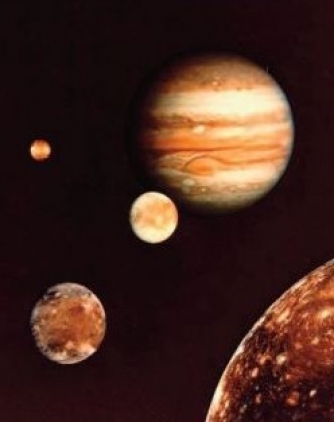Details
Holy Trinity Church
Prince Consort Road
South Kensington
London
SW7 2BA
England
Programme
Wolfgang Amadeus Mozart – Mass in C minor, K.427/417a
Janet Wheeler – The Ceaseless Round of Circling Planets for choir and orchestra
Performers
Imperial College Choir
Programme Note
The Ceaseless Round of Circling Planets – Janet Wheeler
The piece brings together a number of different elements and inspirations linked to the idea of ‘the harmony of the spheres’ including both stars and planets. The digitised sounds of actual stars (converted from their light) have shown us that in one sense stars can be thought of as singing.
Textures and effects inspired by those digitised sounds are woven into the opening section, which leads into a choral setting of the Song of the Stars – a Passamaquoddy poem in Algonquin, collected in Canada in 1822 by Charles Leland and published by him in translation two years later. This is set this to a melody derived from a 12th century Latin hymn ‘Naturalis Concordia vocum cum planetis’. The opening part of this eventually surfaces in its original plainsong-like Latin. This ends with a decorated cosmic scale in which each of the ‘planets’ know at the time (including the moon and sun!) is given a different note of the scale.
The wonderful Orlando Gibbons hymn tune and the associated 19th century words by John Chadwick ‘Eternal Ruler of the Ceaseless Round’ make their appearance in the latter part of the piece, with elements of variation technique. The composter’s use of planetary inspiration and a Renaissance tune is a homage both to Holst and to his great friend Vaughan Williams, in the centenary anniversary year of Thaxted Festival for which the work was commissioned in 2016 by Saffron Walden Choral Society.

 Your events at Classical Events
Your events at Classical Events

